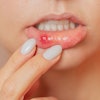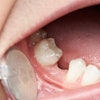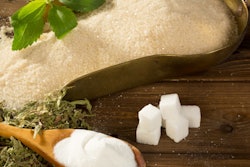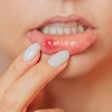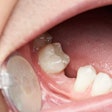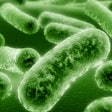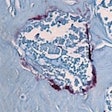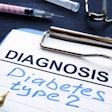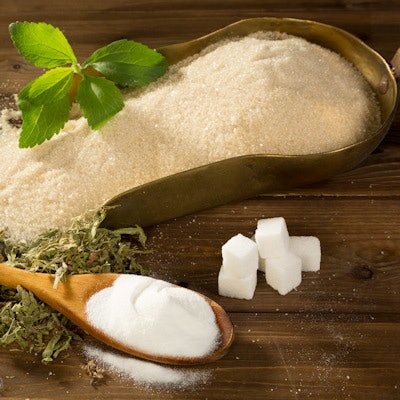
Sugar cravings may be driven by more than just taste buds, according to a study published on April 15 in Nature. Researchers discovered sugar activated the brains of mice -- even when it was deposited straight into their guts.
The study provides further evidence of a direct gut-brain axis that drives sugar-seeking behaviors. It could also partly explain why mice (and humans) prefer sugary drinks over alternative sweeteners.
"We need to separate the concepts of sweet and sugar," stated senior study author Charles Zuker, PhD, a neuroscientist from the Howard Hughes Medical Institute at Columbia University, in a press release. "Sweet is liking, sugar is wanting. This new work reveals the neural basis for sugar preference."
Sugar is an essential energy source, and most species, including humans, have developed dedicated brain circuits for seeking and consuming sweet treats. These circuits are powerful and prior evidence in rats has found the brain is able to differentiate between regular sugar and artificial sweeteners even when taste buds cannot.
For instance, mice initially drink from sugar-sweetened and artificially sweetened water at about the same rate. But after 48 hours, mice almost exclusively drink the sugar water. The same phenomenon occurs in mice that have been genetically modified not to taste sweetness at all.
"For an animal to develop a preference for sugar over sweetener, it must recognize and distinguish between two innately attractive stimuli," the authors wrote. "We reasoned that if we could identify a population of neurons that respond selectively to the consumption of sugar, it may provide an entry to reveal the neural control of sugar preference and the basis of sugar craving."
The study authors pushed this brain-gut research forward by looking at the brains of mice under a few scenarios.
In the first experiment, they bypassed the mice's mouths and deposited sugar, sweetener, or plain water into the small intestine. Part of the brainstem activated in mice that received sugar, but not in mice that received an alternative.
The authors then programmed the brains of the mice to only receive signals from their mouths -- not their gut. The altered mice demonstrated no preference for sugar-sweetened or artificially sweetened water, even after a long period of time.
Finally, the authors changed the mice's sugar-craving genes to instead seek clozapine, an antipsychotic used to treat schizophrenia. When given the choice between a sugary drink or one with clozapine, the genetically altered mice favored the latter, suggesting the gut-brain sugar system can be altered for new stimuli.
"The results presented above reveal a specific circuit via the vagal ganglia to the brain critical for driving the preference for sugar," the authors wrote.
It is important to note the results only demonstrate a gut-brain connection in mice, not in humans. Nevertheless, the authors are optimistic the research can help scientists develop a more effective artificial sweetener.
"Uncovering this circuit helps explain how sugar directly impacts our brain to drive consumption," Zucker stated. "It also exposes new potential targets and opportunities for strategies to help curtail our insatiable appetite for sugar."
